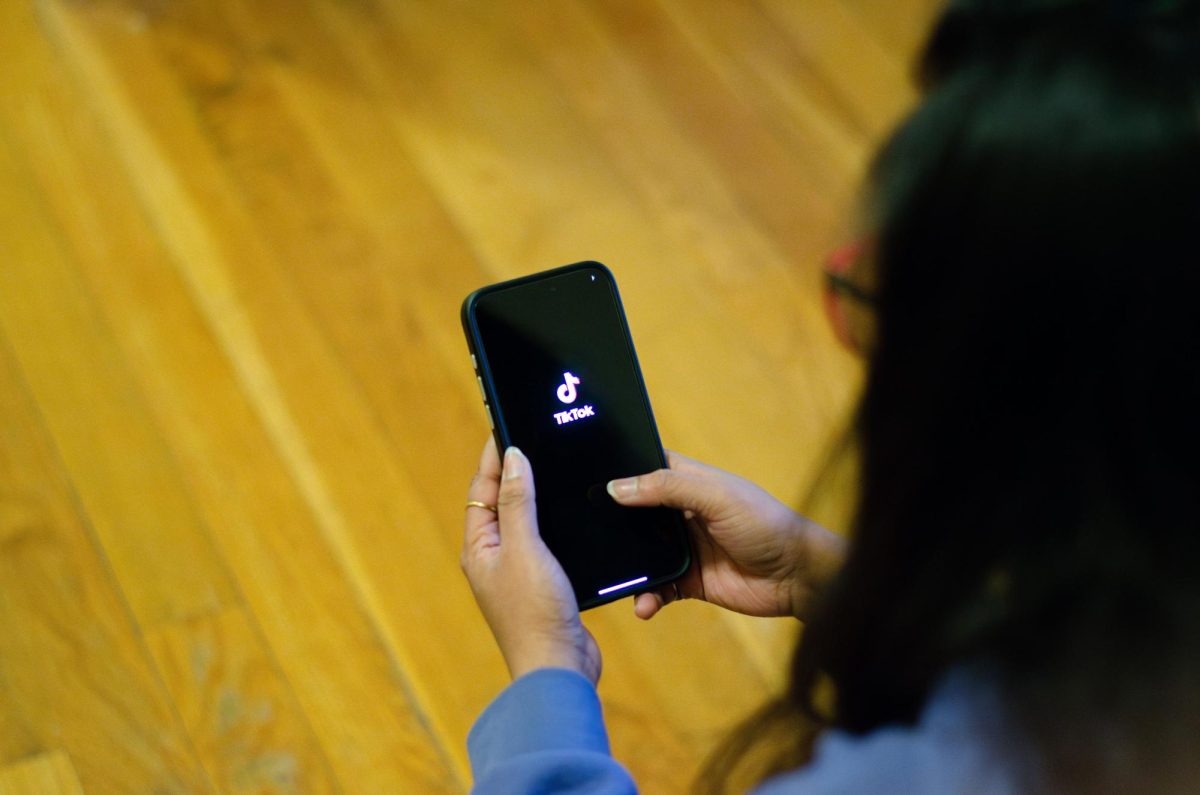When I open the TikTok app, I scroll through video after video, searching for something of meaning. Instead, I am bombarded with ad after ad of a new mascara or anti-aging treatment, or videos telling me I’m a cool girl or a pink girl or a summer girl. What happened to the app that everyone loved over the pandemic? The app that highlighted artists and was filled with people sharing their ideas?
In high school, when TikTok was gaining popularity, I downloaded it. Some of the videos made me laugh. People united over common causes. Every video was a different person creating something that they were proud of. I loved this new space. I convinced my friends to download it so they could see what I was enjoying.
Fast forward years later, and I leave the app feeling overwhelmed and overstimulated. TikTok is known for its audience that can popularize anything, from products to social causes to music. TikTok has learned how to commodify this major aspect of its platform. They introduced TikTok Shop, where users can buy products directly from the platform, and they added an incentive for advertising products using the new feature. Creators make a commission for every person that buys the product using their link.
Obviously, more people began advertising products and suddenly the whole app is one big advertisement. Every other video on the For You Page is an advertisement—I am not exaggerating in the slightest. I blocked the hashtag, #TikTokShop, to stop seeing these videos, but the app still sends these videos my way. It’s a lost cause.
Creators are also partly responsible: this is the direct effect of their decisions. Videos have popped up portraying different aesthetics, then commodifying said aesthetics. These videos grab attention with titles like, “Clean girl essentials,” “What is strawberry makeup?” and “Every girly-girl needs this.” These creators then use the TikTok Shop feature to make money off of their audience. By labeling certain products as “clean girl” or “girly-girl,” these creators are catering specifically to people who lack identity. They’re geared towards people who want to fit in with their favorite creators.
According to the New York Times, a third of TikTok users are under the age of 14 [1]. When taking this fact into consideration, it becomes clear that many of those people who lack identity are actually children. These children are told they need these products to become their favorite creators, when they haven’t even developed a full sense of self. These creators are profiting off of these children. It’s horrible.
This downward spiral calls in a much greater issue. Recently, the U.S. Congress met with the CEOs of several top social media apps to discuss child safety and exploitation on their platforms. The meeting was heated on both sides. At the end of the hearing, the five tech CEOs—Meta, TikTok, Snap Inc., X, formerly known as Twitter, and Discord—were asked if they supported the Kids Online Safety Act. Only two of the five, the CEOs of X and Snap, said yes.
From that, it’s easy to see that these tech giants do not care about kids using their apps in the slightest. It doesn’t seem far off that they know that creators are exploiting children through TikTok Shop and their massive influence.
TikTok should be taking responsibility for their users on their platform. They should be preventing children from using TikTok Shop, and they should be preventing children from using their platform at all. But they don’t seem to care about the effects of their platform because in the end, it makes them more money. That’s what TikTok is: a profit-driven, exploitative platform.
SOURCES:
[1] https://www.nytimes.com/2020/08/14/technology/tiktok-underage-users-ftc.html


